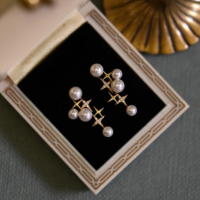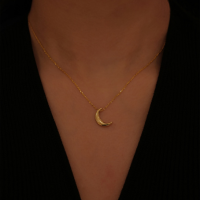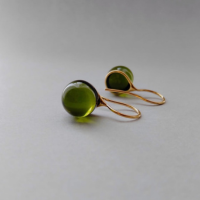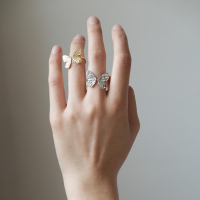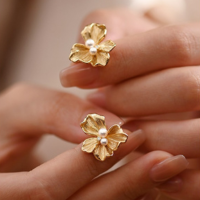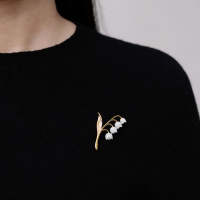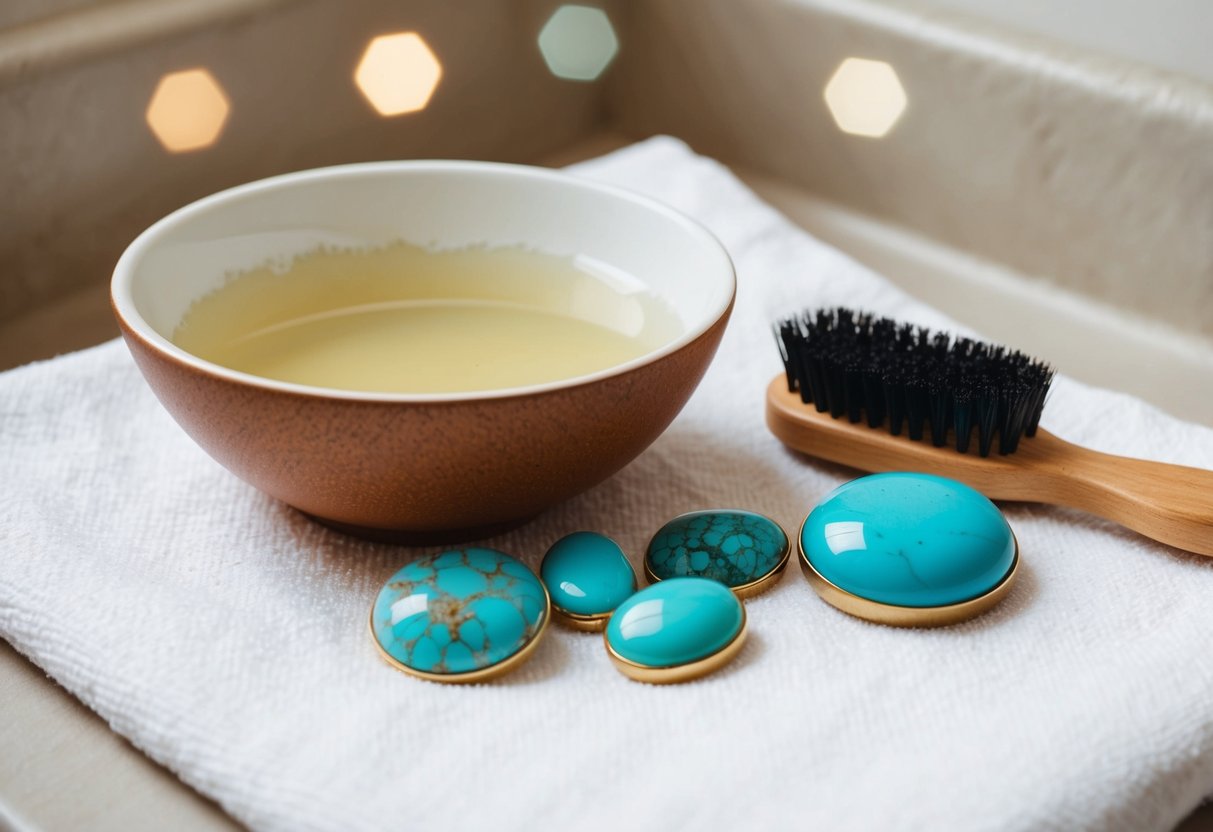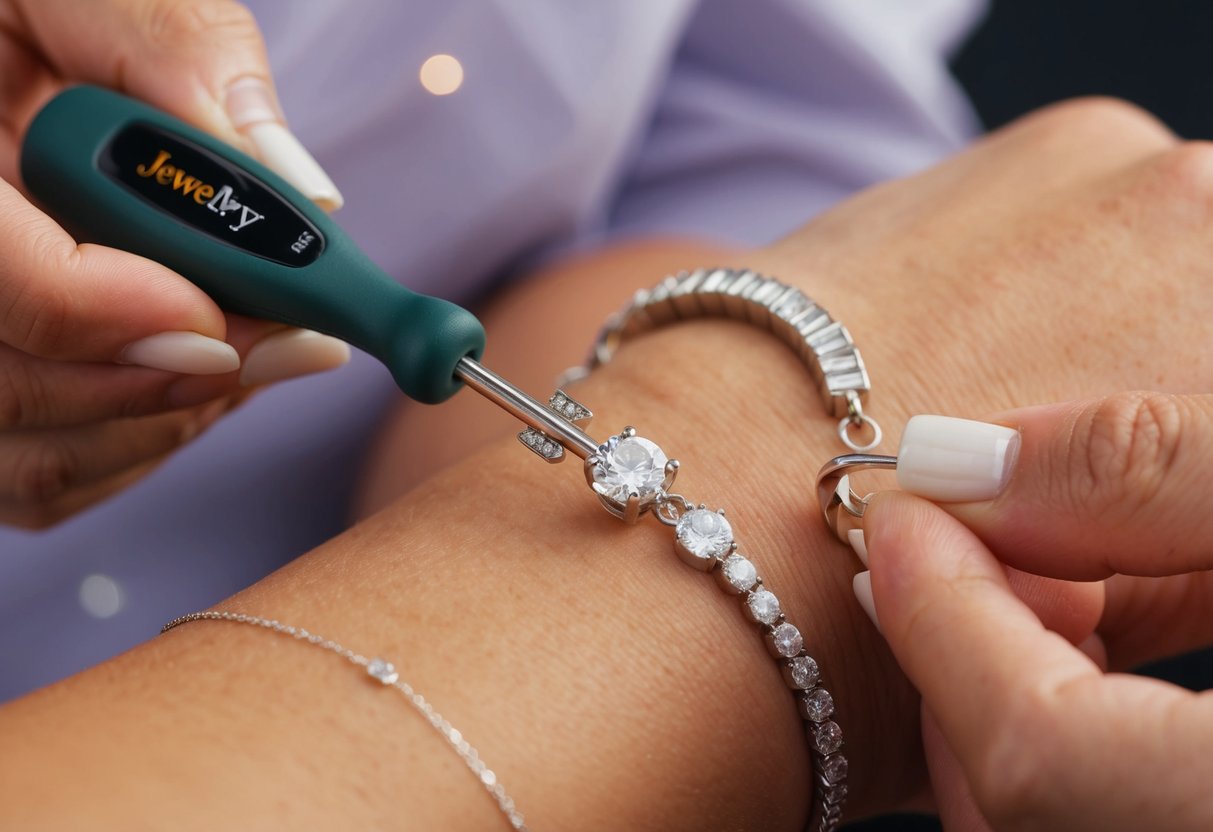
How to Remove Permanent Jewelry
Check out our personalized jewelry collections! (kids drawing jewelry, coin jewelry, wire jewelry, fingerprint jewelry, handwriting jewelry, and more)
Permanent jewelry has become a trendy way to make a fashion statement. It's stylish and meant to last. But sometimes, life changes and you might want a new look.
Many types of permanent jewelry, like fused bracelets or welded necklaces, require special techniques for removal. Whether you're considering a professional option or thinking about a DIY approach at home, each has its own benefits. Safety should always be our priority when thinking of taking jewelry off.
After removal, it's important to know how to care for your jewelry and skin. Sometimes, permanent pieces can be repurposed instead of just being removed. This keeps the fashion alive in another way that suits us better.
Key Takeaways
- Permanent jewelry needs safe removal techniques.
- Professional and DIY options are available for removal.
- Repurposing may extend the life of your jewelry.
Understanding Permanent Jewelry
Permanent jewelry is becoming a trend in the world of fashion. Unlike traditional jewelry, it's designed to be worn all the time. These pieces usually don't have clasps, so they stay on for as long as you want.
Types of permanent jewelry include bracelets, necklaces, and anklets. They’re made from durable materials that can withstand everyday wear and tear. Gold and silver are popular choices.
Advantages:
- Convenience: No need to remember to put it on each day.
- Durability: Made from strong materials that last.
Considerations:
When choosing permanent jewelry, think about how it will fit into your daily life. Will it be comfortable for sleeping and showering?
It's also important to choose a style you truly love since you'll be wearing it always. Opt for simple designs that match your everyday look.
Permanent jewelry can be a meaningful piece, symbolizing important events or memories. Whether it’s a gift or a personal treat, these pieces often hold sentimental value.
Types of Permanent Jewelry
Permanent jewelry is about adding a special touch to our daily lives. It means pieces that are not simple to remove. They often stay with us at all times.
Welded Bracelets
Welded bracelets are soldered directly onto our wrists. There's no clasp, so it's a seamless bracelet. We can choose different metals and styles to match our taste.
Earring Implants
These are earrings that stay in place with small posts inserted into the skin. They create a striking look and are a bold choice.
Dermal Piercings
These piercings involve inserting jewelry into a flat surface, like the wrist or chest. They don't move and are designed to stay put. We find them unique and eye-catching.
Fused Ankle Chains
Imagine a delicate chain that wraps around the ankle without an opening. These ankle chains are fit to size, making them a lovely and personal touch.
Necklaces without Clasps
Some necklaces come without clasps, welded in place. We can adjust these to hang just right, ensuring they sit comfortably around the neck.
Permanent jewelry captures personal style and meaning. It’s meant to be lived in, appreciated, and part of our story.
Safety Considerations Before Removal
When considering taking off permanent jewelry, we should think about a few things. It's important to assess your environment first. Make sure the area is clean to prevent any infections.
We need to use the right tools. Using improper tools can harm the jewelry or skin. It’s wise to consult a professional if we aren’t familiar with the process.
Allergic reactions are another factor. If you notice redness or swelling, it’s best to seek advice from a healthcare provider. Let’s be careful about any changes in skin condition.
Here's a simple table to help us remember some tools:
| Tool | Purpose |
|---|---|
| Jewelry Pliers | Removing clasps or grips |
| Magnifying Glass | Viewing tiny details clearly |
| Antiseptic Wipes | Cleaning the area |
We should always consider the possibility of damage to the jewelry. Removing it incorrectly might break or warp it.
Additionally, let’s check for sensitivity. If we're feeling any pain or discomfort, it's smart to pause and reconsider our approach. Safety is key.
Professional Removal Options
Our focus here is on getting permanent jewelry removed safely. We'll explore the services available at jewelry stores and piercing studios, guiding you on how professionals can help.
Jewelry Stores
Jewelry stores often have the tools and experience to remove permanent jewelry carefully. Many jewelers offer this service, using specialized equipment to safely cut or disassemble pieces. It's important to check if they have experience with the type of jewelry you need removed.
When visiting a store, we should ask about any fees and the process involved. Most jewelers will explain each step and take care to prevent damage to the jewelry. Remember that they might also offer advice on caring for and storing your jewelry once it's been removed. By visiting professionals, we can ensure our jewelry stays in good condition for future use.
Piercing Studios
Piercing studios are another great option for removal services. Professional piercers are trained in handling different kinds of body jewelry, from chains to cuffs. They have the right tools to ensure the process is both quick and painless.
We should check if the studio specializes in the type of jewelry we want removed. It's crucial to choose a place that follows strict hygiene practices. While there may be a small fee, the expertise provided often saves us from potential complications or discomfort.
These professionals are familiar with fashionable and personalized jewelry, which assures us that our pieces are handled with care.
DIY Removal Techniques
Sometimes, we need to remove permanent jewelry ourselves. Using the right tools and methods can make this easier and safer. Let's explore two effective techniques to help us with this process.
Cutting Tools Method
To remove permanent jewelry, a small pair of wire cutters or jewelry snips can be useful. These tools can cut through metal links or clasps safely. First, we should identify the thinnest part of the jewelry to cut.
It's important to hold the tool steady and apply pressure gently. Make sure we have a steady hand and use precise cuts to avoid damaging the jewelry or our skin.
If we're unsure, asking a friend to assist can be a good idea. Always wear safety gloves to protect our hands. Look for a tool that fits comfortably in our hand for better control. If needed, check out online tutorials for tips on using these tools safely.
Twist and Unwind Method
This method works well for chain-style jewelry. First, locate where the chain is connected or interlocked. Use our fingers to gently twist the links or clasp. This might take a bit of time, but it's less invasive than cutting.
We should work patiently, twisting back and forth until the connection loosens. Applying consistent pressure is key here.
For this technique, it's a smart move to use magnifying glasses if the links are tiny. Under good lighting, it becomes easier to see what we're doing. Handle it gently to avoid any injury or damaging the jewelry, so patience is critical.
Care Post-Removal
Taking care of our skin after removing permanent jewelry is important. The first step is to clean the area gently. We can use mild soap and warm water. It's wise to pat the skin dry with a soft towel, avoiding any rubbing that might irritate the skin.
It's helpful to keep the area moisturized. Applying a fragrance-free lotion can aid in soothing any redness or dryness. We recommend checking for any signs of irritation or infection daily. If we notice anything unusual, consulting a healthcare professional might be a good idea.
For those of us who had piercings, sometimes cleaning solutions or saline sprays are recommended. These can help keep the area clean and promote healing. We should be careful not to over-clean, as this can harm the skin.
Let's avoid wearing tight clothing around the area to reduce irritation. Wearing breathable fabrics like cotton can be beneficial. In addition, avoiding direct sunlight on the area could prevent further irritation.
We know it's tempting to touch the area frequently, especially if it feels different without the jewelry. However, touching it often can introduce bacteria and delay healing. Staying patient during this post-removal time helps ensure the best care for our skin.
Repurposing Your Permanent Jewelry
Sometimes, we want to give our permanent jewelry a new life. Repurposing can be a creative solution. Perhaps we have pieces that aren't suited to our style anymore, or maybe we just want a change.
We can start with bracelets. Turning a bracelet into a dainty necklace or anklet can give it new appeal. If it's too short, we might add some extra chain links.
For rings, we have options too. Rings can be transformed into unique necklace pendants. By adding a simple chain, we can create a personalized piece that feels fresh and exciting.
Let's consider earrings. Single stud earrings or mismatched pairs can become charm accents for a bracelet or necklace. We just need small connectors or jump rings to attach them securely.
Creating a charm bracelet is another fun activity. Look for small pieces from different jewelry. We can mix materials and colors, giving us a custom-made, eclectic piece.
Repurposing can be a fun way to breathe fresh air into our collection. It's a chance to express our creativity and personal style. Plus, it makes our jewelry feel new and exciting again.
Frequently Asked Questions
We often have questions about how to remove and care for permanent jewelry. Let's explore different ways to safely remove them, the lifespan of these pieces, and some best practices.
What methods can I use to safely remove a permanent bracelet at home?
If you want to remove a permanent bracelet at home, you can carefully use small wire cutters or jewelry snips. Make sure to have a steady hand and be cautious not to damage the skin.
What is the average lifespan of permanent jewelry?
Permanent jewelry typically lasts for several years. The material and wear play significant roles in its durability. Regular cleaning and care help maintain its condition.
How can you take a bracelet off if it doesn't have a clasp?
For bracelets without clasps, you may need to cut the chain using a small jewelry tool. Be gentle to avoid harm. If you're unsure, consider seeking help from a professional.
Are there professional services available for permanent jewelry removal?
Yes, many jewelry stores offer services for removing permanent pieces. These professionals have experience and tools to safely remove your jewelry without causing damage.
In what situations might I need to remove my permanent jewelry?
There are times when you might need to take off your jewelry. Medical procedures, security checks, and certain occupational requirements may require you to remove it temporarily.
What are the best practices for removing plastic wristbands with buttons?
Plastic wristbands with buttons can often be taken off by manipulating the button through the slot. If it's tricky, you can use scissors, ensuring not to cut too close to the skin.

